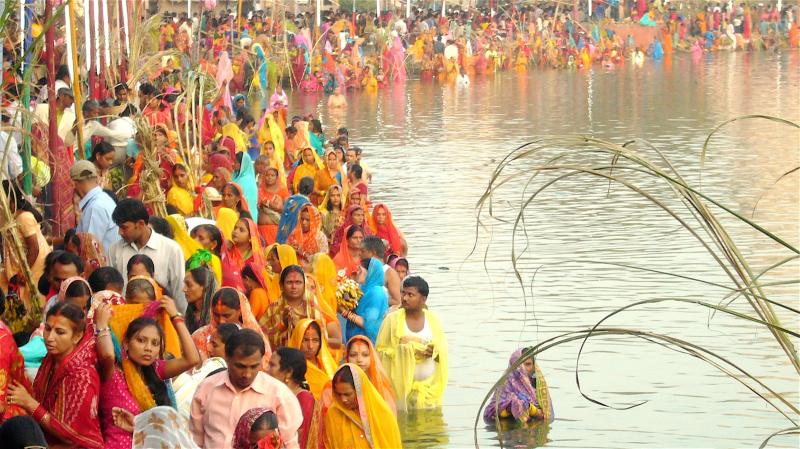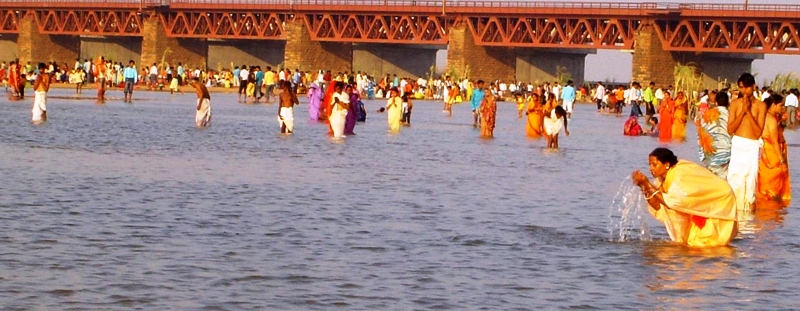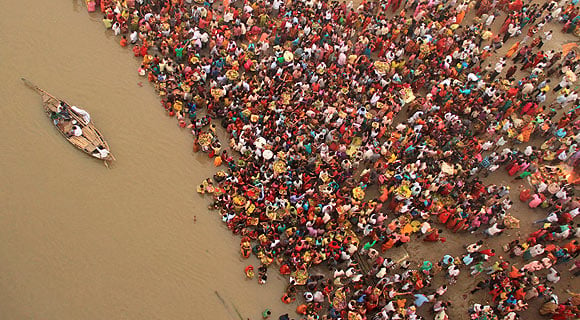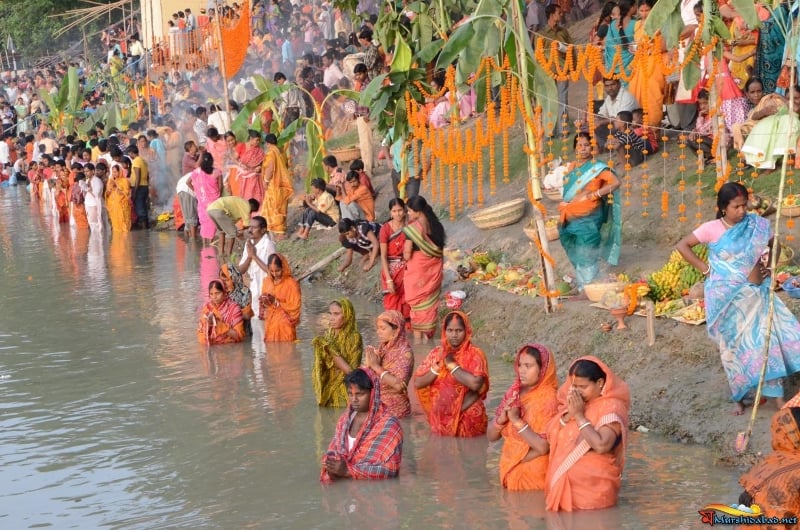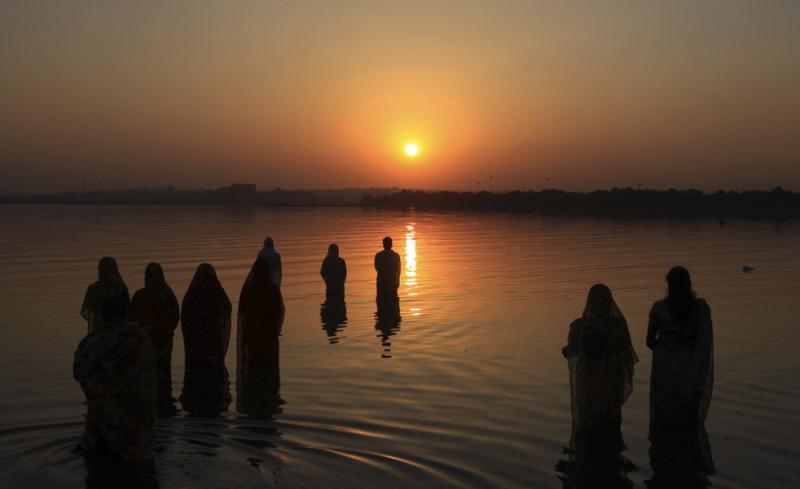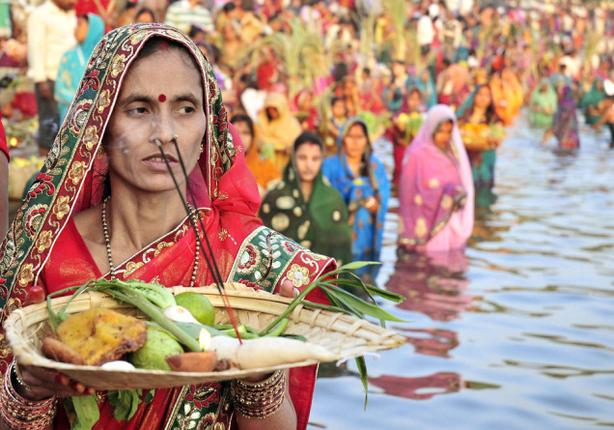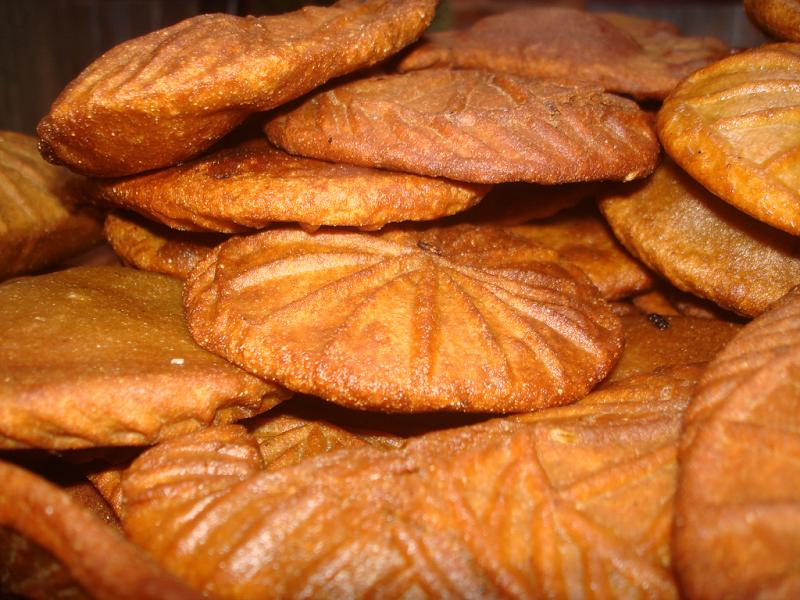Chhath Puja- Bihar’s Biggest Festival
What is Chhath Puja?
An ancient Hindu festival, dedicated to Lord Surya and Chhathi Maiya (known to be the sister of Surya), Chhath Puja is unique to the states of Bihar, Jharkhand, Eastern Uttar Pradesh and the country of Nepal. It is the only Vedic festival that is dedicated to the Sun God, who is supposed to be the source of all powers and Chhathi Maiya (another name for Goddess Usha from the Vedic period). The god of light, energy and life force is worshipped in order to promote well being, development and the prosperity of human beings. Through this festival, people aim towards thanking the Sun God for for a period of four days. The devotees who observe the fast during this festival are called Vrati.
Chhath Puja 2015 Dates
Traditionally, this festival is celebrated twice a year, once in the summers and the second time during the winters. The Karthik Chhath is celebrated during the month of October or November and it is performed on Kartika Shukla Shashti which is the sixth day of the month of Karthika according to the Hindu Calendar. Commemorated on the 6th Day after Diwali, another major Hindu festival, it generally falls during the month of October-November.
It is also celebrated during the summers and that is commonly known as Chaiti Chhath. This is celebrated a few days after Holi.
Why the festival is named “Chhath”?
The meaning of the word Chhath is six in Nepali or Hindi Language and as this festival is celebrated on the sixth day of the month of Karthika, the festival is named the same.
Why is Chhath Puja celebrated?
There are many stories that date back to the origin of Chhath Puja. It is assumed that in the ancient times, Chhath Puja was celebrated by Draupadi and the Pandavas of Hastinapur in order to solve their problems and regain their lost kingdom. The mantras from the Rig Veda texts are chanted while worshipping the sun. As the story goes by, this Puja was first started by Surya Putra Karna who ruled over the Anga Desh (Bhagalpur in Bihar) during the age of Mahabharata. The scientific history or rather the yogic history dates back to the Early Vedic Period. Legend says that the sages and rishis of that era used this method in order to restrain from any external means of food and gain energy directly from the rays of the sun.
The Rituals of Chhath Puja
Chhathi Maiya, commonly known as Usha, the younger sister of Surya (in the Vedas) is the goddess worshipped in this Puja. The Chhath festival involves several rituals, which are considerably harsher as compared to other Hindu festivals. These usually involve taking dips in rivers or water bodies, strict fasting (one can’t even drink water in the entire process of fasting), standing and offering prayers in water, facing the sun for long periods and also offering prashad to the sun at sunrise and sunset.
Nahay Khay
Nahay Khay
On the first day of the Puja, the devotees have to take a dip in the holy river and cook a proper meal for themselves. Kaddu Bhaat along with Channa dal is a common preparation on this day and it is cooked by using mud or bronze utensils and mango wood over a mud stove. The ladies observing the fast can allow themselves only one meal on this day.
Lohanda and Kharna
Lohanda and Kharna

On the second day, the devotees are to observe a fast for the entire day, which they can break just a while after sunset. The Parvaitins cook the whole Prasad on their own which include kheer and chapattis and they break their fast with this Prasad, after which they have to fast without water for 36 hours.
Sandhya Arghya
Sandhya Arghya
The third day is spent by preparing the Prasad at home and then in the evening, the entire household of the Vratins accompany them to the river bank, where they make offerings to the setting sun. The females generally wear sarees of turmeric yellow colour while making their offerings. The evenings are made even better with the enthusiastic folk songs.
Here, on the final day, all the devotees go to the riverbank before sunrise to make offerings to the rising sun. This festival ends when the Vratins break their 36 hours fast (called Paran) and the relatives come over to their house to have their share of Prasad.
Food during Chhath Puja
The Chhath Prasad is traditionally prepared with rice, wheat, dry fruits, fresh fruits, nuts, jaggery, coconut and lots and lots of ghee. One important thing regarding the meals prepared during Chhath is that they are prepared completely without salt, onion and garlic.
Thekua is a special part of the Chhath Puja and it is basically a cookie made with whole wheat flour which you must surely try if you visit the place during the festival.
Significance of the Chhath Puja
Apart from religious significance, there are a lot of scientific facts attached to these rituals. The devotees generally pray at the riverbank during sunrise or sunset and it is scientifically backed up with the fact that, the solar energy has the lowest level of the Ultraviolet radiations during these two timings and it is really beneficial for the body. This traditional festival showers upon you positivity and helps in detoxifying your mind, soul and body. It helps to remove all the negative energies in your body by adoring the powerful sun.

